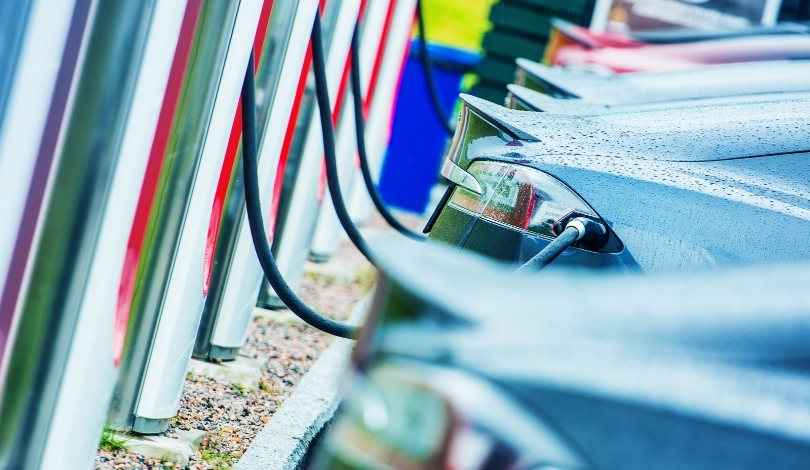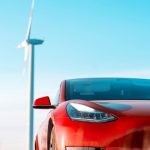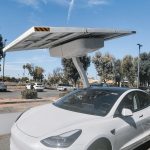Automakers are facing uncertain terrain as the momentum for electric vehicles (EVs) has cooled, pushing manufacturers to modify ambitious plans. Shifting market conditions and evolving consumer attitudes are leading to changes in high-profile EV initiatives. Industry leaders are balancing caution with optimism as the road to widespread EV adoption appears longer and more complex than anticipated. Key brands such as Ford, General Motors, Volkswagen, and Stellantis have scaled back or re-evaluated electrification goals, with Ford’s Mustang Mach-E still holding a unique space in the non-Tesla EV segment. Many in the sector are taking a more measured pace on EV rollout, reflecting both financial realities and rapidly shifting customer expectations.
Earlier coverage focused on automakers’ bold EV targets and aggressive investments, emphasizing large-scale capacity expansion and quick market penetration. Recent reports, however, reveal adjustments such as plant closures, reduced ambitions, and greater emphasis on alternatives like hybrids. The optimism that once surrounded aggressive EV rollout schedules has been tempered by market data showing higher consumer preference for hybrids and slower-than-expected EV adoption rates. The continued lag in affordable options and infrastructure also remains a notable obstacle. These changes suggest automakers are learning from past overestimations, embracing gradual progress rather than rapid transformation.
What Drives Automakers to Adjust Their EV Plans?
Rising doubts about mass-market EV uptake and the scaling back of government incentives have prompted leading carmakers to revisit their strategies. Ford postponed its launch of full-size electric trucks and vans, while General Motors reported significant losses related to unused EV capacity. Likewise, Volkswagen temporarily closed two EV factories due to underwhelming sales, and Stellantis withdrew its commitment to achieve a fully electric lineup by 2030. This trend highlights a broader shift across the industry as companies try to align manufacturing with tangible market demand.
Are Analysts Interpreting This Shift as a Withdrawal?
Industry analysts interpret the current situation not as a reversal but as a necessary recalibration.
“Electrification is the direction for the future; it’s just going to take longer to get there,”
said Sam Abuelsamid, vice president of market research at Telemetry. Despite a less vocal approach from automakers regarding their long-term EV plans, there is consensus that none are abandoning electrification outright. Companies continue to invest in research and development while shifting focus to bridge current and future consumer needs.
How Are Consumers Influencing the Market?
Customer preferences are shaping strategies more than internal corporate objectives. Stephanie Brinley, principal analyst at S&P Global Mobility, observed that adoption rates reflect individual comfort levels and priorities.
“Consumers are adopting EVs just as quickly as they want to,”
she noted, highlighting widespread concerns over costs, charging infrastructure, and experience. Hybrid vehicles are meeting many buyers’ practical requirements, offering familiar operation and lower entry costs without major lifestyle alterations.
The industry’s reliance on hybrid models is expected to persist, with hybrids overshadowing purely electric options in the foreseeable future. Battery costs, vehicle affordability, and emerging technologies will influence future growth in the EV market. For the time being, automakers are recalibrating their investment in high-end electric models and focusing on features that align more directly with mainstream consumer expectations. Collaborations between industry players on essential platforms and cost-cutting in unseen but expensive systems are being prioritized. The Ford Mustang Mach-E’s performance as the leading non-Tesla EV demonstrates both the potential and current limits of broader adoption. The outlook for mass electrification now rests not only on innovation but also on practical steps that match consumers’ willingness and ability to transition from hybrids or combustibles to fully electric cars. For buyers, the best approach continues to be balancing upfront costs, range needs, and access to charging infrastructure against environmental considerations and future market incentives.










